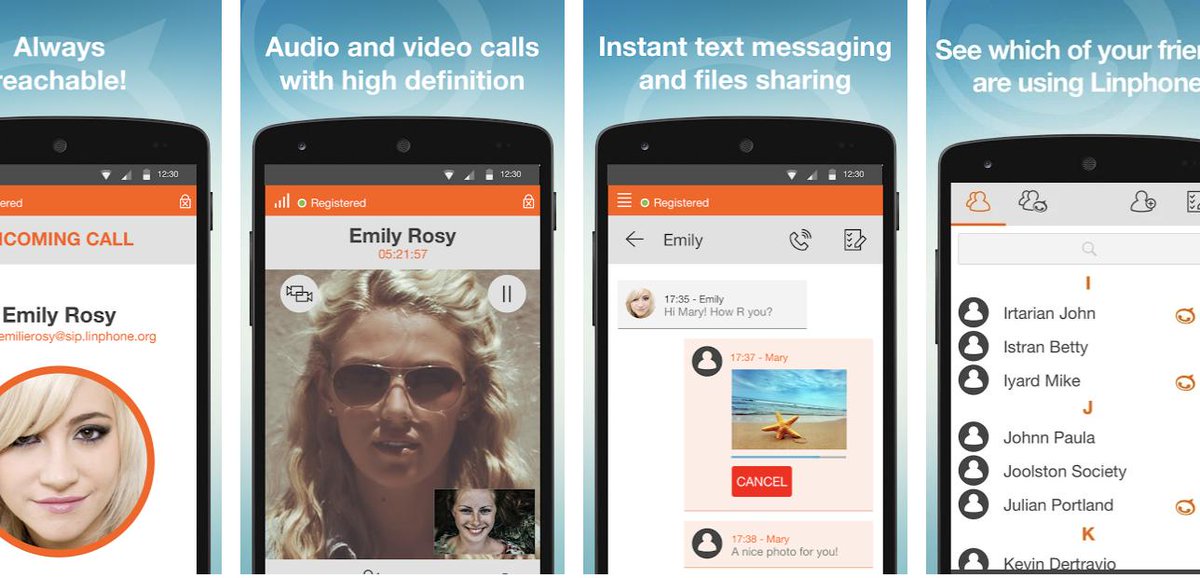Interconnecting Incredible PBX Servers with PJsip
Much has been made of the lack of multi-tenant functionality with Asterisk® and FreePBX®. Today we’ll show you how to interconnect as many Asterisk servers as you like and make transparent calls between all of them at zero cost. Setup time is under 5 minutes per server. When you couple PBXs with distributed infrastructure and inexpensive cloud servers costing $25 or less a year and on-premise virtual machine platforms including Proxmox, VMware ESXi, VirtualBox, Windows 11 WSL, and Mac UTM,… Read More ›










 JUST RELEASED: Visit the Incredible PBX Wiki
JUST RELEASED: Visit the Incredible PBX Wiki
